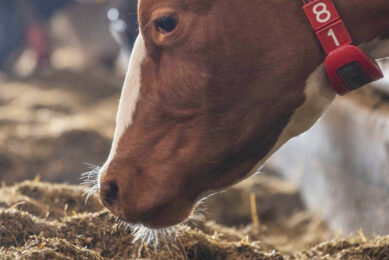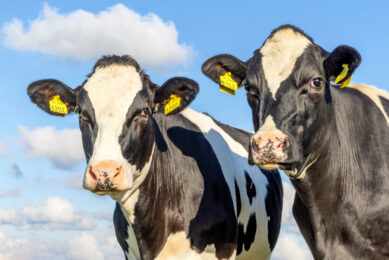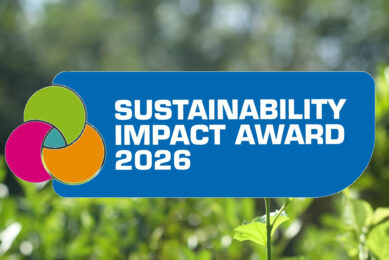World’s first carbon-neutral dairy farm
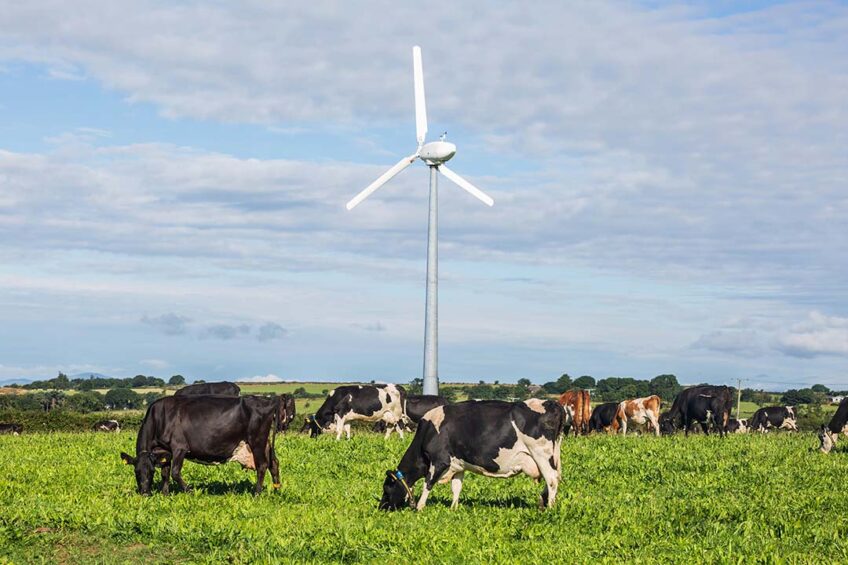
The race is still on to be the world’s first carbon-neutral dairy farm, with a smaller number of contenders and one farm very close to the finish line.
Whilst carbon emissions have been reduced at tens of thousands of dairy farms across the world over the last few years, only a few are approaching carbon neutrality. In 2022, Dairy Global took a close look at these contenders for this ‘world first,’ and now, the update.
Back in 2022, there were four farms that publicly made a commitment to being carbon neutral by a given date. This had followed a conclusion the year before made at the 22nd Dairy Conference of the International Farm Comparison Network that widespread carbon-neutral dairy farming is possible by 2050, and the launch of the ‘Net Zero – Pathways to Low-Carbon Dairy’ initiative.
Now in 2024, the number of contenders is still 4, but there has been one change in the contender list.
Climate and pasture advantages
In the quest to achieve carbon neutrality, farms in warmer locations around the world obviously have an advantage over those in colder climates in terms of heating buildings, fuel use and more. Similarly, those dairy farms using pasture have greatly-reduced emissions over those that do not as feed doesn’t have to be shipped in.
Number of contenders located in warmer climates: All 4
Number of pasture-based contenders: All 4
Red seaweed use
Over the long term, methane emissions have a much stronger negative impact on climate change compared to CO₂ emissions. Large amounts of methane are produced by dairy cattle through ruminal digestion and burping (known as enteric methane production). According to livestock genetics firm Semex, it’s possible to reduce enteric methane production through genetic selection. The firm claimed last year that with a given selection intensity, it’s possible to achieve a 20-30% reduction in methane production by 2050.
Scientists in Serbia have found that brown algae, garlic and tannins can reduce enteric methane emissions. These can also be reduced (in relation to unit of milk produced) through other additives such as trace minerals that improve feed efficiency.
Red seaweed has been shown to drastically cut enteric methane. In addition, a startup company in Australia named Rumin8 has been testing its synthetically-replicated versions of compounds present in red seaweed, with trials consistently demonstrating more than 85% reduction.
Number of contenders testing red seaweed: At least 3
Biodigesters
Methane is also produced on dairy farms from bacterial breakdown of manure, but this can be very effectively mitigated through the use of biodigesters. In a digester, the manure is kept in an enclosed vat, and methane produced by the bacteria is collected and cleaned (called ‘biomethane’). It’s then burned in generators to produce electricity and heat. Yes, CO₂ is emitted, but it’s a much less-intense GHG.
Number of contenders currently using a biodigester: 1
Financial support
Some consider ‘carbon taxes’ to be an impediment to farmers achieving carbon neutrality as they have less money to invest in emissions-reducing technologies and initiatives on their farms. In contrast, farmers in various countries may benefit from government funding schemes or other forms of financial aid that support the adoption of carbon-reduction technologies. Partnerships also provide support.
Contenders ‘Farm Zero C’ in Ireland and SmartFarm at Ellinbank in Australia receive some government support, while contender Straus Dairy Farm in California does not. Indeed, Straus Family Creamery (owned by the same family) currently offers an incentive to its supplier-farms of up to 1.5% of on-farm milk income to implement climate-positive practices. The Creamery processes organic milk from Straus Dairy Farm and a dozen other local organic dairy farms.
Number of contenders with government support: 2
Contenders
1. ‘Farm Zero C’ at Shinagh Farm
Location: Ireland, County Cork
Goal year to reach carbon neutrality: 2027
Owners: Members of 4 West Cork farming co-operatives. The “Farm Zero C” project is led by Biorbic, a bioeconomy research centre based in University College Dublin (headed by Professor Kevin O’Connor) in partnership with dairy processor Carbery Group.
Overall progress: Phase 1 of the project was completed at the end of 2023. Farm Zero C Manager Padraig Walsh reports a 27% reduction in carbon footprint (KgCO2/Kg fat- and protein-corrected milk) and a 29% ammonia emissions reduction since 2018. The project is now in Phase 2. Walsh says “going forward, measuring carbon sequestration from soil on the farm will be a key element in helping to accurately estimate the carbon footprint of the farm.”
Methane reduction: Team member Teagasc Moorepark is leading a trial of methane-reducing feed additives. “According to our Life Cycle Assessment, enteric fermentation accounts for over 50% of our GHG emissions, so this will be a crucial area of research,” says Walsh. “The primary challenge in reducing methane from enteric fermentation in a grass-based system is longevity and palatability. The feed additive trials will target these issues. We have also installed a slurry additive injection system in our winter housing and will treat the slurry with a GlasPortBio product to reduce methane emissions from slurry by up to 75%.”
Renewable energy: A wind turbine was already in place on the farm at the beginning of the project. Solar PV panels were installed during Phase 1 on the roof of the milking parlour in an east-west configuration to generate optimal energy at milking times. Energy efficient equipment and battery storage has also been installed on the farm.
Other: There are plans to construct a pilot grass biorefinery and anaerobic digestion demonstration unit, converting grass to a usable anaerobic digester feedstock with silage as an output. In addition, natural habitat on the farm has been increased from 7.5% in 2018 to 10% in 2023, increasing carbon sequestration in trees and other vegetation.
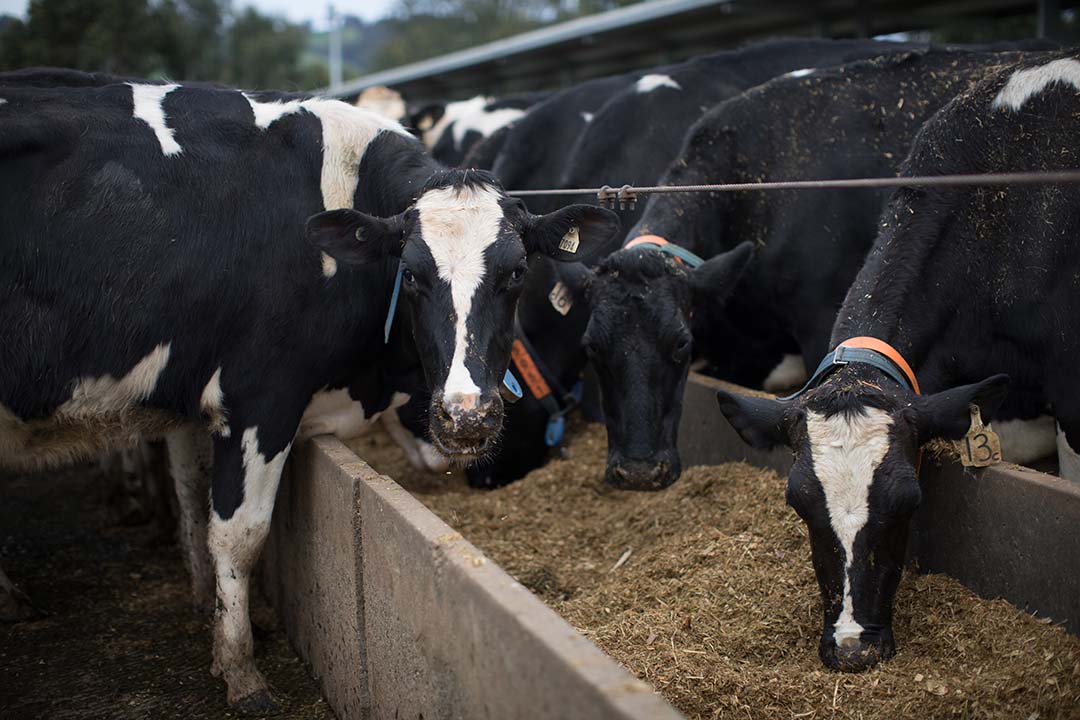
2. SmartFarm at Ellinbank
Location: Australia, State of Victoria
Goal year to reach carbon neutrality: 2026
Owner: State government (Agriculture Victoria)
Overall progress: Steady progress since 2020. Solar power generation added by 2022. Digester construction is underway, as are seaweed feed additive trials.
Methane reduction: When finished, the digestor will further process manure from an existing anaerobic pond.
This will replace some electricity that the farm uses from the national Australian power grid, which is primarily supplied by coal-powered plants. Jacobs says it’s anticipated that digestor-generated electricity will be used primarily to maintain proper digester temperature. “Any additional energy generated will be used to offset some grid energy use in the dairy, such as heating water for cleaning,” he explains. The digestate liquid component will replace chemical fertiliser while the solid will be added to the soil as a source of organic matter and nutrients.
To further reduce enteric methane emissions, the largest source of GHG emissions of this farm (over 60%), the Ellinbank team is currently trialling a range of additives. These include seaweed, direct-fed microbials, synthetic products, essential oils and polyphenolics, fed at morning and afternoon milking.
In addition, the Ellinbank team has also embarked on a programme to introduce more diverse perennial pasture swards that will offer greater resilience to the feed base. “These diverse swards may also further mitigate enteric methane with some species containing specific compounds to reduce methane production in the rumen,” Jacobs notes. Measurement of enteric methane emissions from dairy cows grazing these swards will begin soon.
Renewable energy: In 2022, 110 kW of solar energy was being produced on this farm, and whilst that has not yet been increased, there are plans to at least double this amount in future. Most of the solar-generated electricity (about 100 kW) is used mainly in and around the dairy. A battery system is in place so the team can move energy around as needed to meet peak demand times such as milking. The other 10 kWh (and battery) is used to pump water from a spring-fed dam to the farm’s gravity-powered water system.
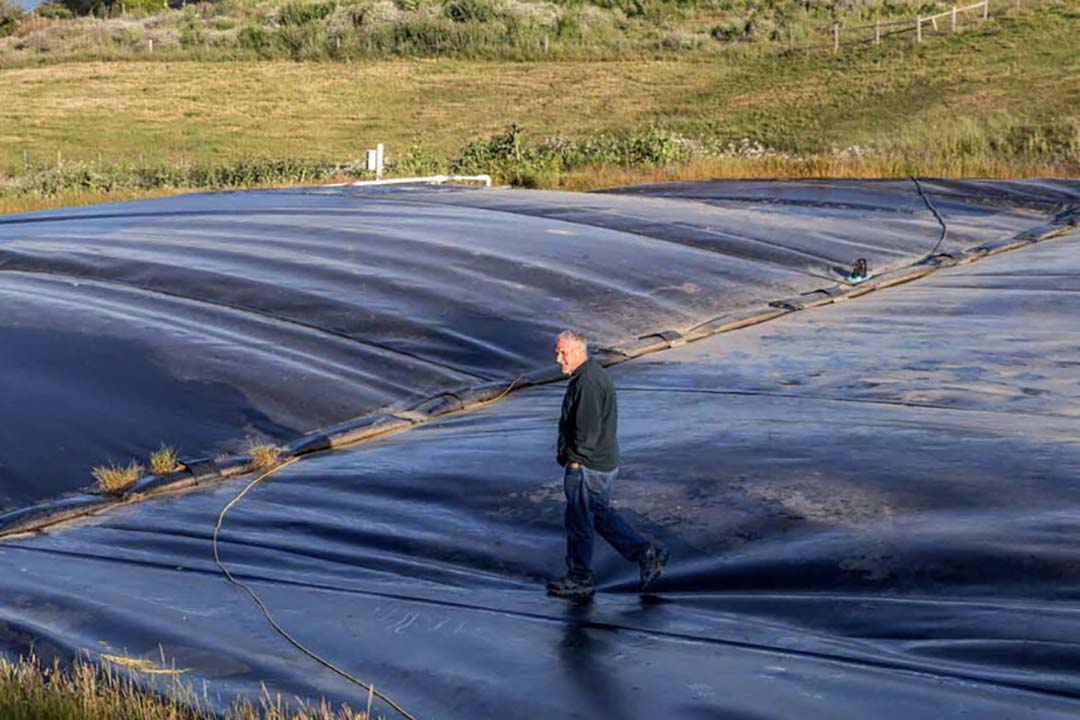
3. Straus Dairy Farm
Location: United States, California
Goal year to reach carbon neutrality: 2024 with all dairy farms that supply Straus Family Creamery to be carbon neutral by 2030
Owner: Straus family
Progress: Very close to goal, with approval for use of red seaweed for methane mitigation described as “the last piece” to be put in place.
Methane reduction: The farm’s biodigester has been in place for several years. It reduces manure methane emissions by 90% (annual reduction of 780 MT CO2e).
The Straus family began testing red seaweed in 2021. The California Department of Agriculture granted provisional regulatory approval for the use of red seaweed on this farm in spring 2022, but federal approval is still to come. Straus Dairy Farm spokesperson Shereen Mahnami explains that “the Innovative Feed Act was introduced to Congress in June 2023 to help streamline the approval process and establish a regulatory pathway for a new category of animal feed additives,” but it has not been enacted into law.
Renewable energy: The biodigester currently provides enough electricity to charge several electric farm vehicles. A solar-powered water pump supplies water to remote cow troughs.
Other: There are plans for another small-scale biodigester, advanced manure composting practices and the use of satellite imagery to measure forage growth and consumption.
Contender change
In 2022, we listed Skimmelkrans Dairy Farm in South Africa as a contender, which had a goal of reaching carbon neutrality by 2023. It is owned by the Kuyler family, which partnered with Nestlé and academics on the carbon neutrality project. Solar panels, tillage changes and trials on feed additives were part of the efforts, but there has been no update provided on this.
However, in March 2023, Nestlé and Fonterra (a large dairy cooperative in New Zealand) began developing a dairy farm there with the goal of carbon neutrality by 2033. In cooperation with Dairy Trust Taranaki, the lessons learned will be shared through open days with farmers.
Nestlé has no update on the project, but Fonterra and Nestlé have also launched a pilot programme supporting Fonterra-supplying farmers to implement changes aimed at lowering GHG emissions.
Join 13,000+ subscribers
Subscribe to our newsletter to stay updated about all the need-to-know content in the dairy sector, two times a week.



